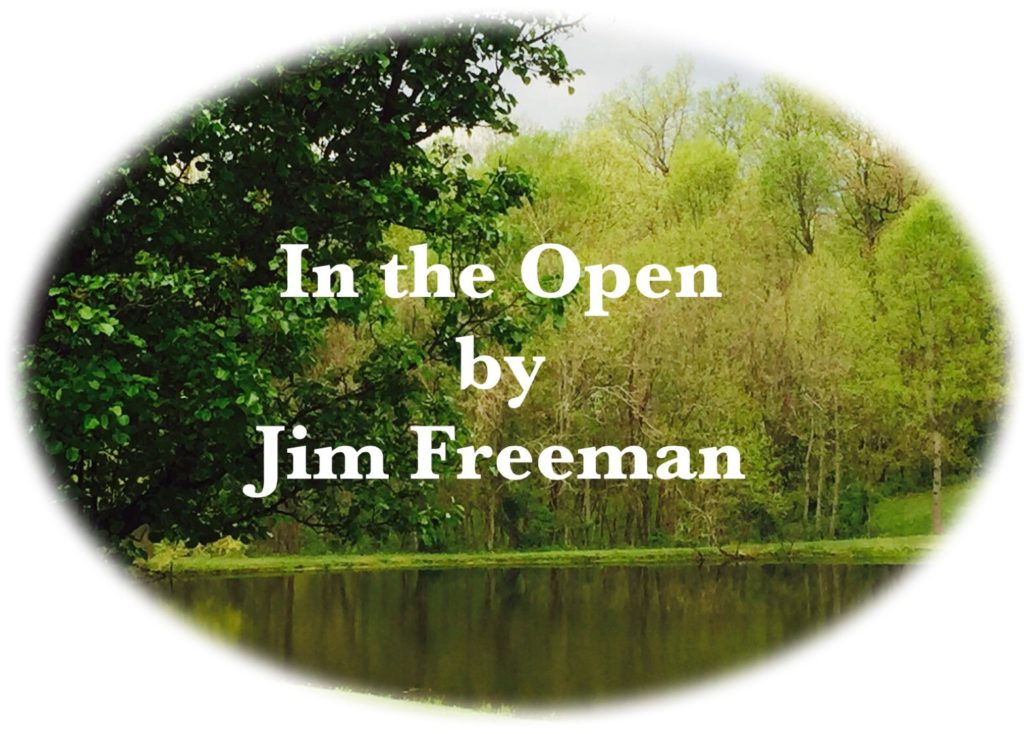‘Damsels and Dragons’ topic of upcoming SWCD program


Dragonflies and damselflies will be the focus of a free program to be held Tuesday afternoon/evening at the Meigs SWCD Conservation Area on New Lima Road between Rutland and Harrisonville.
There are over 150 species of dragonflies and damselflies that call Ohio home, ranging from the tiny Eastern Forktail damselfly (less than an inch long), to the common, three-and-a-half-inch-long, Swamp Darner dragonfly. The Swamp Darner is the dragonfly often seen swarming on lazy late-summer evenings.
According to the Ohio Department of Natural Resources-Division of Wildlife, Dragonflies (suborder Anisoptera) belong to the order Odonata, meaning “toothed.” This refers to their chewing mandibles, which allow them to eat other insects.
Dragonflies are long, slender-bodied insects with two pairs of membranous wings. However, unlike the damselfly, they have relatively stout bodies and the wings extend to each side while the dragonfly is perched. They have three pairs of legs that interlock to form a basket so that they can easily catch flying prey.
The public is invited to join Ohio State University State Dragonfly Survey coordinator, MaLisa Spring, and OSU Central Regional Dragonfly Survey coordinator, Bob Glothober, to learn more about these fascinating creatures. There will be a short program at the shelter house followed by a hike around the wetland to capture some dragonflies and damselflies – research in action.
The Ohio Odonata Society is working with the Ohio Department of Natural Resources-Division of Wildlife to update the original survey that ran from 1991–2001. The new survey began last year and will continue through 2019 and culminate in a lay-person book about Ohio’s dragonflies and damselflies.
Goals for the second survey of Ohio dragonflies and damselflies include: identifying every species known for each county, new species introduced or established in Ohio since the original survey, and to determine changes in distribution and abundance – especially rare species.
Dragonflies and damselflies are beautiful creatures that come in many colors and possess incredible flying abilities. They are excellent indicators of water quality. Dragonflies and damselflies are predators of mosquitoes, small flying insects and even other dragonflies.
Dragonflies are an important part of what I call the day shift of aerial critters combating mosquitoes and other insects. Birds comprise the other part of the day shift while bats cover the night shift.
Both dragonflies and damselflies lay eggs in the water, on aquatic plants, or in wet soil. Dragonflies are important mosquito predators throughout all stages of their lives; in the nymph stage, while they live in the water, they are voracious devouring mosquito larvae and other insects, even small fish and tadpoles can fall prey to dragonfly nymphs.
Ever notice how mosquitoes never seem to bother you when you are around healthy, unpolluted streams, ponds or wetlands? That is because those bodies of water do not only harbor mosquito larvae, they also harbor mosquito predators. Small pockets of standing water such as ruts in fields, water standing in old tires, and coal mine strip pits are common mosquito breeding grounds. You can tell a lot about the quality of a body of water by what lives in it; generally speaking, you won’t find much in the way of dragonflies in bad water. Unpolluted streams, wetlands, and pond are important habitats for these creatures.
When the dragonfly nymphs transform into adults, which in some species may take up to four years, they crawl out of the water and an adult bursts out of the nymph shell. The adults do not live very long, only live a few weeks or months, but they continue to feed on their old nemesis the mosquito, now in their adult phase as well.
If you are interested in learning more, join the Meigs SWCD at the Conservation Area located on New Lima Road between Harrisonville and Rutland. For more information call the Meigs SWCD office at 740-992-4282, weekdays between 8 a.m. and 4:30 p.m.
Jim Freeman is the wildlife specialist for the Meigs Soil and Water Conservation District. He can be contacted weekdays at 740-992-4282 or at [email protected]






